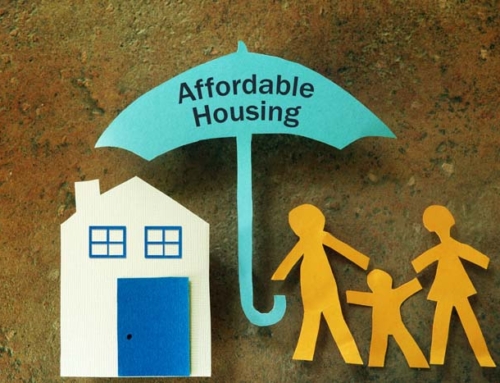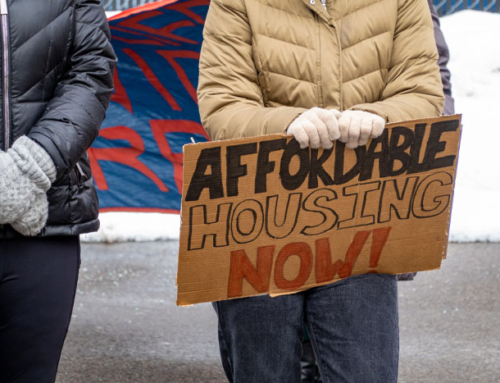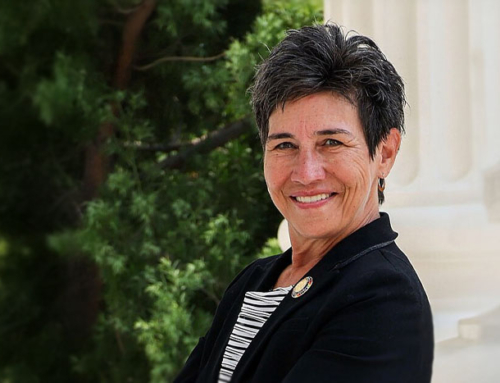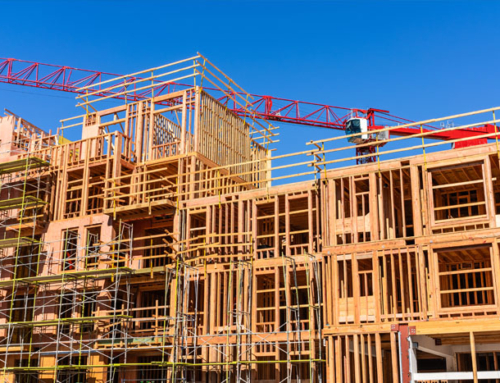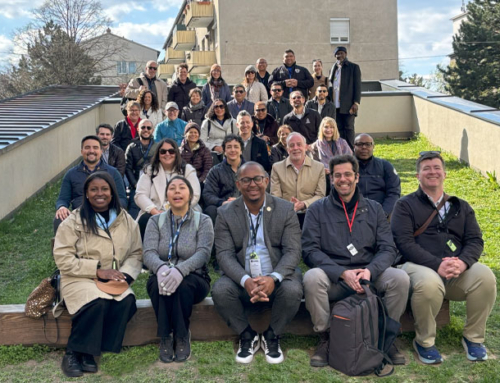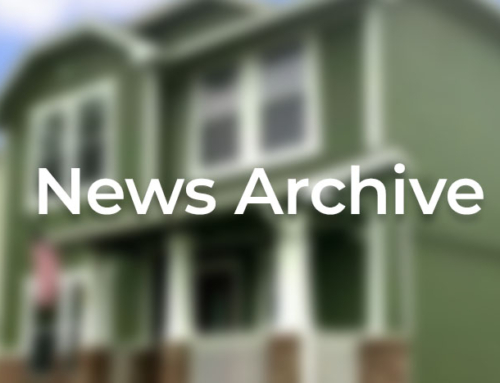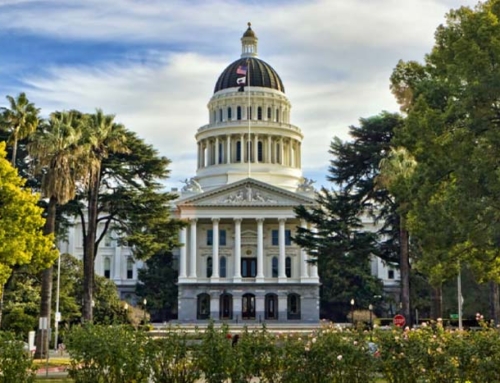Housing advocates were pleased to see that Governor Newsom’s May Revise (which changes his budget proposal to reflect new revenue projections) would have a relatively small impact on funding for housing and homelessness. Key impacts include:
- No change to the $15.3 billion included in the January budget proposal for homelessness, including $750 million for the cleanup of homeless encampments, $3 billion for Homekey, $2.2 billion for behavioral health programming, $1 billion for the Homeless Housing, Assistance and Prevention (HHAP) Program, $1.5 billion for the Behavioral Health Bridge Housing Program, and $860 million for community care expansion. The HHAP funding is conditioned on local jurisdictions submittal of action plans that are acceptable to the State, and the Governor announced plans for trailer bill language that would require that the HHAP funding be used to prioritize high-need, unsheltered individuals.
- A commitment of $2.85 billion in funding for affordable housing initiatives, including $500 million for the State Low Income Housing Tax Credit Program, $250 million for adaptive reuse, $225 million for the Infill Infrastructure Grant Program, $225 million for the Multifamily Housing Program, $100 million for the Portfolio Reinvestment Program, $75 million for State Excess Sites, $50 million for the Joe Serna Jr. Farmworker Housing Program, and $50 million for the Veterans Housing and Homeless Prevention Program.
- As included in the January proposed budget, there is a reduction of $367.5 million in housing funding, including $200 million for the California Dream for All Homeownership Program, $100 million for CalHome, and $50 million for the CalHFA Accessory Dwelling Unit Program. The Governor reiterated that, assuming there is sufficient revenue in January of 2024, $350 million of the $367.5 million could be restored. Under this scenario, the $17.5 million Downtown Rebound Program for adaptive reuse of commercial and industrial uses would not be restored.
- $345 million for the purchase of foreclosed properties for affordable homes will be spread out over four years instead of in one, with $50 million in FY 2023-24, $100 million in FY 2024-25, $100 million in FY 2025-26 and $95 million in FY 2026-27.
- A total of $4 billion for student housing will be available, with $450 million in one-time General Fund revenues this year and $95.4 million next year for affordable housing for California Community College students.
- $1.1 billion in State General Funds for California State University and University of California affordable student housing projects will be shifted to bonds, with the state paying $75 million annually in debt service.
It is important to note that the Governor’s proposal is just that—a proposal– and there will likely be adjustments to the spending plan as it moves through the Legislature. The Senate released its budget proposal earlier in May that members will use as their starting point in budget negotiations. The plan would target $10 billion for a Housing and Infrastructure Bond, with $1.7 billion specifically targeted for housing, including programs where the Governor has proposed cuts, including the California Dream for All Program, CalHome, and ADU construction. Last week the Assembly released its budget priorities, which build on the Governor’s budget and include an additional $150 million for the Multifamily Housing Program. Additionally, the Assembly would add back funding for ADUs and the California Dream for All Program that the Governor has proposed eliminating.
A lot of work remains before the budget is final. Both houses of the Legislature must work together over the next couple of weeks to reach an agreement on the budget package in order to meet the June 15th deadline for submittal to the Governor. The Governor has until the end of June to approve a budget and can use his powers to eliminate or reduce expenditures included in the Legislature’s budget bill.
© LeSar Holdings/LeSar Development Consultants. All Rights Reserved. Please be advised that any republishing of copyrighted material provided by our organization, in whole or in part, requires prior written authorization. For permission, please reach out to [email protected]. We appreciate your understanding and compliance in upholding copyright laws.





